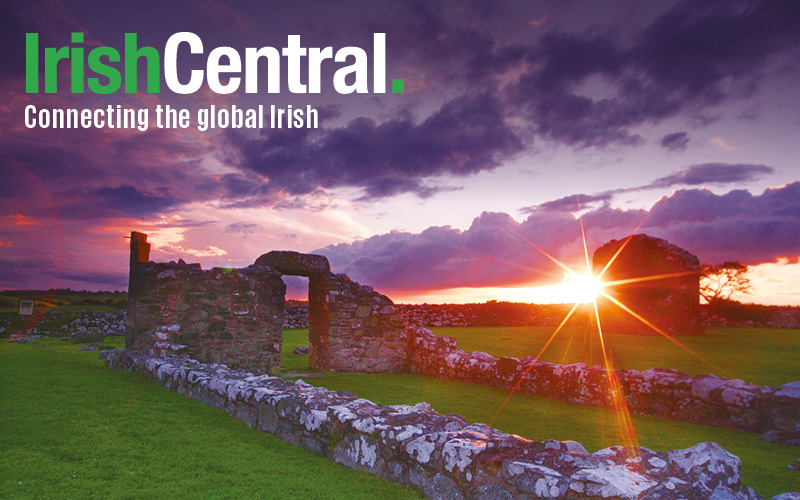| Sean-nós Irish dancers |
Sean-nós, or “old style,” dancing varies widely in style throughout Ireland, but its generally accepted characteristics -- arms loose, feet low to the ground, focus on percussive beats battered out by leather-soled shoes -- predate the more competitive, rigid style of step dancing popularized by Riverdance and documentary film “Jig.”
Back in 1929, the Gaelic League encouraged the development of the Irish Dancing Commission (An Coimisiun le Rinci Gaelacha, or CLRG), an organization devoted to preserving Irish dance and developing standard rules for competition. Prior to the formation of the commission, Irish dance was quite diverse, and it reflected regional differences. With the popularity of commission-sanctioned style on the rise, fringe dance forms faded -- but not entirely.
“It was once danced all over Ireland, but, like the Irish language, it only survived in the Gaeltacht regions as we know them today,” sean-nós dance champion and teacher Edwina Guckian explained. “Over the past 10 years, I've seen it grow in popularity at an enormous rate.”
Sean-nós and competitive style Irish step dancing both benefitted from the Riverdance boom, which reinvigorated Ireland’s -- and the world’s -- interest in Celtic culture in the 1990s and 2000s, but the two distinct branches of Irish dance continued to evolve separately, creating a rift in what is considered “traditional” Irish dance.
“I was accused of making it up,” sean-nós singer and dancer Brían Ó hAirt said, “by [dance] teachers.”
Ó hAirt and other sean-nós dancers are often misunderstood because they dance in a way that appears less formal than competitive Irish dancing, but he’s careful to educate those who dismiss one type of Irish dance as less legitimate than another.
“Irish dance is not just one thing; it’s many things,” said Ó hAirt, a member of touring band Bua, who also holds a master’s degree in music performance from the University of Limerick.
Even Manhattan-based sean-nós dancer and teacher Siobhán Butler admits that she once described sean-nós as “lame” because of its apparent simplicity, but that was before she fully understood it.
“My first impression was that it’s a really dumbed down version of step dancing,” said Butler, a step dancer since childhood who now teaches and performs sean-nos in New York City. “Years later, I would come back to this dance form.”
Butler and other sean-nós dancers agree that the most important element for shows and competition is the relationship between dancer and music -- it’s one.
“Growing up as a step dancer, you dance to the music. There was no tight relationship that I experienced,” said Butler, who later studied various forms of Irish dance under the tutelage of Boston-based dancer and teacher Kieran Jordan. In sean-nós, “music and dancing are intertwined,” she added.
Unlike CLRG-sanctioned dancing that is meticulously choreographed for shows and competition, sean-nós dancing is generally improvised, as the dancer plays off the live music.
A musician before a dancer, Ó hAirt said he had an ear for the music, so the percussive nature of sean-nós just made sense to him. Though he does consider himself a sean-nos dancer, Ó hAirt is careful not to define sean-nós because it is inherently an improvised form that varies widely throughout Ireland and the world -- just the act of giving it a name immediately serves as a way to generalize a collection of different dance forms. Sean-nós, he said, should be reflective of its place of origin, yet it should be improvisational.
“I can teach you the steps, but until you dance like the people of that region," Ó hAirt said, it's difficult to determine a dance style's authenticity.
"You can do the same step in different ways depending on what the musician is doing," Werner Ceusters, a Flemish sean-nós dance instructor living and teaching in Buffalo, N.Y., said. "Some dances lend themselves to the music, but in sean-nós, there is no frame."
Ceusters teaches what he calls Limerick-style sean-nos. Unlike the more recognized sean-nós dance style from the Connemara region of Ireland, Ceusters said that he practices a form of sean-nós that is a bit closer to what competitive step dancers do with their feet (higher on toes, fixed floor patterns), but Limerick style still puts emphasis on a more loosely-held upper body and improvisation according to the music.
Differences aside, all forms of "traditional" Irish dance (competitive step dancing, sean-nós, old-style step dancing, set dancing, ceili, brush dance, etc.) share common threads of history and culture passed on through generations.
Regardless of how the forms have evolved, the similarities are undeniable, and the history of Celtic culture has been preserved -- even in some some way -- through Irish dancing and music.




Comments